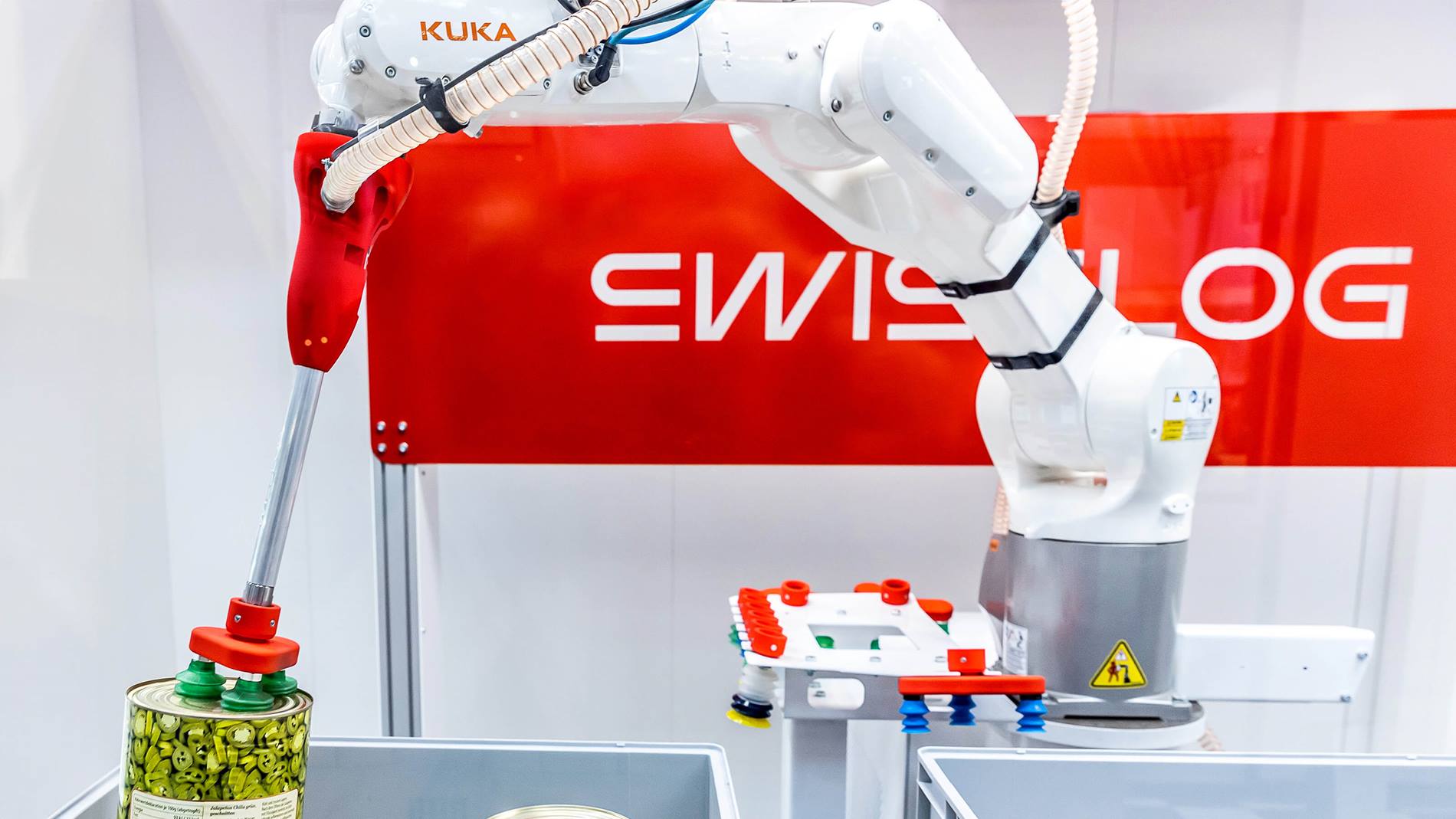
Automation Anxiety? We’ve Been Here Before.
April 15, 2020
Technology advancement follows a common pattern that has been documented in the Gartner Hype Cycle.
Technology advancement follows a common pattern that has been documented in the Gartner Hype Cycle. A new technology gets introduced and is hyped by marketers and the media to a “Peak of Inflated Expectations.” Everyone gets excited and early adopters dive in and put the technology to the test.
Often it fails to meet those hyped up expectations and drops into the “Trough of Disillusionment.” With some technologies that may be the end of it, but in most cases users and technology providers work together to advance the technology, resolving deployment challenges and continually increasing its value until it rises into the “Plateau of Productivity” where it becomes difficult for an organization to remember how it managed without it.
There are multiple examples of this evolution, but I’ll share one from my own experience that involves the application of robotic welding in manufacturing.
In the late 1970s, articulating robots were just emerging and a number of companies saw the opportunity to use these robots to replace manual welding processes, which were subject to human error and other issues.
Initially, there was a lot of what I call “automation anxiety” in the manufacturing community. “Why are we doing this?” plant managers would ask. “This will never work. It’s too expensive, it’s unreliable and the costs are too high. Robots will never replace manual welding.”
For the first generation of the technology, they were largely right. The guns were too heavy, the robots too weak and too slow. An operator could weld faster than a robot and the ROI wasn’t there. But technology isn’t static—it continues to evolve.
Lighter and faster electric-powered robots replaced hydraulic robots. Costs came down and integration became faster and more reliable. ROI improved.
And that’s when progress really accelerated. Through close collaboration between developers and end users, robots got even smaller and lighter and reliability was enhanced.
Today, if you were to suggest putting in a manual spot weld line in manufacturing, the response would probably be: “Why are we doing this? It’s too expensive and too unreliable and the costs are too high. Plus, we can’t find anyone to work in that environment anymore.”
In logistics we are still seeing some of the same automation anxiety manufacturers expressed more than 40 years ago—despite the progress that has been made.
For example, Swisslog was the first integrator to work with the AutoStore system. When we introduced AutoStore to the market, many warehouse operators were skeptical and asked the same questions their manufacturing counterparts had asked about robotic welding.
Now, some 170 implementations later, AutoStore control software has matured, implementation processes have been standardized and streamlined, and any questions about reliability have been addressed through years of real-world performance. Ask warehouse operators with an AutoStore system to go back to manual picking and you’ll probably hear the same things a manufacturer would say about manual welding. AutoStore is solidly in the Plateau of Productivity.
The same progression is currently occurring with autonomous mobile robots and automated item picking. Valuable experience has been gained by companies that were early to market with these solutions, such as Swisslog.
As a result, the number of successes is growing and the remaining challenges are being addressed at an accelerated rate. We are well past the “no go” issues and have moved into the “evolution revolution” phase where advances come quickly, and early adopters are rewarded.
The next step is the fine-tuning phase in which end users take ownership of the solutions, while continuing to collaborate with developers and integrators to refine them in a productized environment. That’s when the real magic happens.
What happened in manufacturing is happening in logistics and it’s an exciting time for all involved. Together, we can transform an industry—if we can overcome our automation anxiety.
Often it fails to meet those hyped up expectations and drops into the “Trough of Disillusionment.” With some technologies that may be the end of it, but in most cases users and technology providers work together to advance the technology, resolving deployment challenges and continually increasing its value until it rises into the “Plateau of Productivity” where it becomes difficult for an organization to remember how it managed without it.
There are multiple examples of this evolution, but I’ll share one from my own experience that involves the application of robotic welding in manufacturing.
In the late 1970s, articulating robots were just emerging and a number of companies saw the opportunity to use these robots to replace manual welding processes, which were subject to human error and other issues.
Initially, there was a lot of what I call “automation anxiety” in the manufacturing community. “Why are we doing this?” plant managers would ask. “This will never work. It’s too expensive, it’s unreliable and the costs are too high. Robots will never replace manual welding.”
For the first generation of the technology, they were largely right. The guns were too heavy, the robots too weak and too slow. An operator could weld faster than a robot and the ROI wasn’t there. But technology isn’t static—it continues to evolve.
Lighter and faster electric-powered robots replaced hydraulic robots. Costs came down and integration became faster and more reliable. ROI improved.
And that’s when progress really accelerated. Through close collaboration between developers and end users, robots got even smaller and lighter and reliability was enhanced.
Today, if you were to suggest putting in a manual spot weld line in manufacturing, the response would probably be: “Why are we doing this? It’s too expensive and too unreliable and the costs are too high. Plus, we can’t find anyone to work in that environment anymore.”
In logistics we are still seeing some of the same automation anxiety manufacturers expressed more than 40 years ago—despite the progress that has been made.
For example, Swisslog was the first integrator to work with the AutoStore system. When we introduced AutoStore to the market, many warehouse operators were skeptical and asked the same questions their manufacturing counterparts had asked about robotic welding.
Now, some 170 implementations later, AutoStore control software has matured, implementation processes have been standardized and streamlined, and any questions about reliability have been addressed through years of real-world performance. Ask warehouse operators with an AutoStore system to go back to manual picking and you’ll probably hear the same things a manufacturer would say about manual welding. AutoStore is solidly in the Plateau of Productivity.
The same progression is currently occurring with autonomous mobile robots and automated item picking. Valuable experience has been gained by companies that were early to market with these solutions, such as Swisslog.
As a result, the number of successes is growing and the remaining challenges are being addressed at an accelerated rate. We are well past the “no go” issues and have moved into the “evolution revolution” phase where advances come quickly, and early adopters are rewarded.
The next step is the fine-tuning phase in which end users take ownership of the solutions, while continuing to collaborate with developers and integrators to refine them in a productized environment. That’s when the real magic happens.
What happened in manufacturing is happening in logistics and it’s an exciting time for all involved. Together, we can transform an industry—if we can overcome our automation anxiety.




